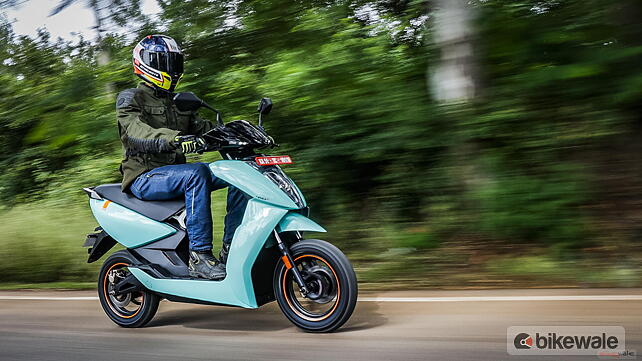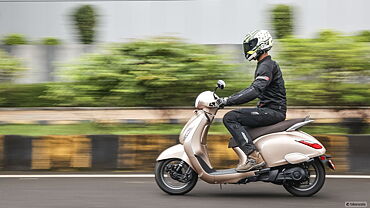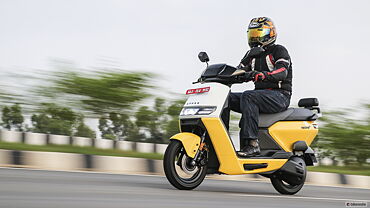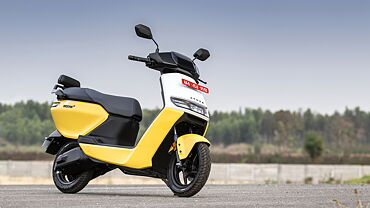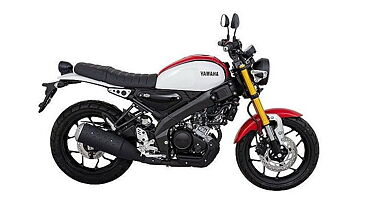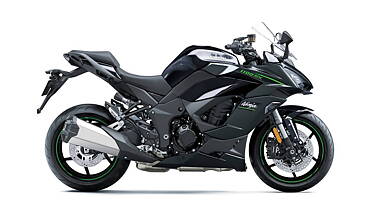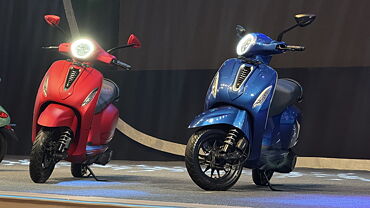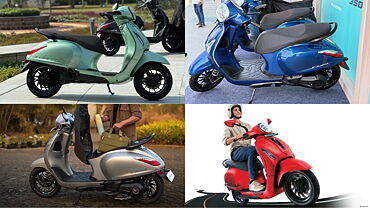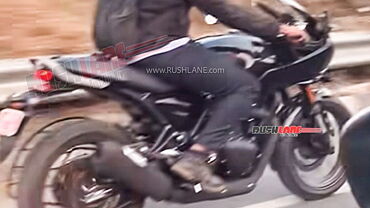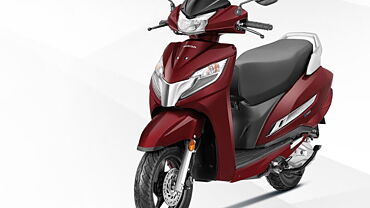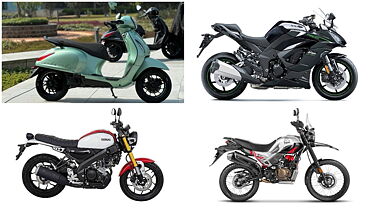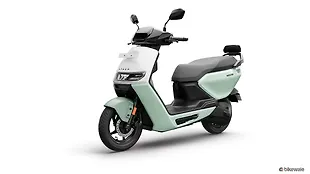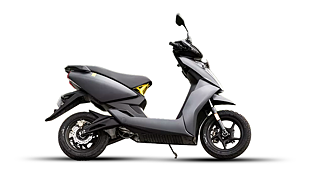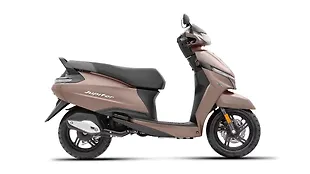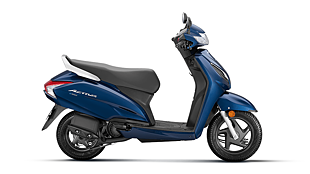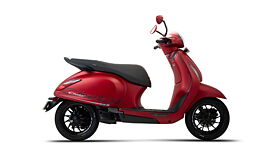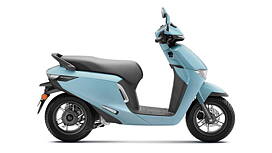content

The electric two-wheeler market in India is growing at an unprecedented rate with a lot of new manufacturers making their debut. Currently, there are a variety of models available with very less clarity. So, here we have listed some of the most important aspects you need to remember before buying an electric scooter or motorcycle.
Purpose

The electric vehicles available today can be segregated into two categories based on their purpose: commercial use and personal use. Commercial electric scooters are generally focused on storage space and load-carrying capacity. These models are used for delivery purposes to serve in the B2B segment and have a low-cost build. Further, these commercially used electric scooters offer the bare minimum features and are low-speed models. Hero Electric, Jitendra EV, and Okinawa are some of the brands offering commercial electric scooters.

Meanwhile, e-scooters/motorcycles used for personal use are available in both low-speed and high-speed formats. While the low-speed models are considerably cheaper, these are feasible to use inside the city, offer basic features, and can be ridden without a license. On the other hand, high-speed electric two-wheelers fall under the premium category, including names like the Ather 450X, Bajaj Chetak, Revolt RV400, TVS iQube, and the Ola S1 Pro. These tend to offer a bevy of features, decent storage, and an upmarket fit and finish.
Range and Speed

Buyers looking to commute daily can opt for electric two-wheelers with a minimum range of about 80-100km. This saves the hassle of daily charging. While you can opt for low-speed EVs, their top speed is limited to 25kmph and that isn’t a good idea if you live in a city with flyovers. Meanwhile, high-speed models like Ola, Ather, and others offer a much higher speed that is better suited for overall riding conditions along with a reliable range.
Charging Convenience

Currently, manufacturers are offering different formats of batteries: swappable, removable, and fixed. Brands like Bounce Infinity offer the swappable battery service for its E1 e-scooter at its swap stations. Riders can swap the drained battery for a charged one on a subscription basis. Meanwhile, removable batteries can be charged at the home, office, or even a parking lot but are cumbersome to move around. Lastly, scooters with a fixed battery need a proper parking space to be charged, which can be inconvenient if your home/workplace doesn’t have a charger or a charging port in the parking area.
Subsidies and Price

Depending on the purpose of your EV purchase, the buying cost can vary between Rs 50,000 to Rs 1.5 lakh. Low-speed models like Hero Electric Optima and Okinawa R30 cost about Rs 60,000 while the Ather 450X Gen 3 and the Bajaj Chetak are priced at Rs 1.34 lakh and Rs 1.45 lakh, respectively. The aforementioned asking prices include the FAME II and State subsidies (select states only). Notably, the FAME II subsidy will be available only till March 2024 for 10 lakh electric two-wheelers. Post the FAME II’s expiry, you can expect the VE prices to see an upwards revision.
After-sales Service
After-sales services for EVs are pretty scarce since the only consumables are brake pads and tyres. After a certain number of kilometres on the clock or a set period, you’ll also need to replace the battery and service the motor (if needed). So, we recommend you do a thorough inquiry for service centres as well as the intervals at which the e-scooter/bike needs a checkup.
Gallery
1/2
Ather 450X Gen 3 Right Front Three Quarter
Double Tap to Zoom


